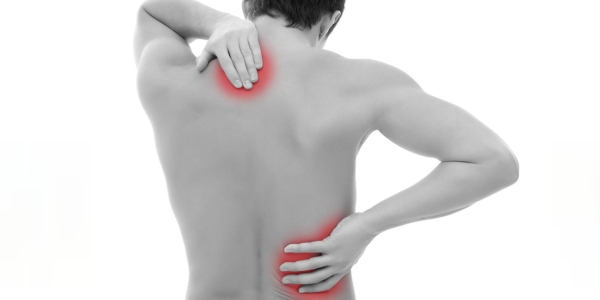DOMS is an acronym for Delayed Onset Muscle Soreness and is prevalent post exercise in particular if one has performed a workout at an intensity, they are unaccustomed to or has opted to incorporate movements they are otherwise unfamiliar with.
DOMS are believed to be the result of microscopic tears within the connective tissues that hold the muscle fibers together. It is this metabolic acidosis that leads to the pain associated with DOMS.
As with all things speculated about however, such assumptions were bound to be disproven at some stage.
There have been recent studies conducted that suggest the origin of such soreness is of more relation to the fascia, a membrane that surrounds the muscle itself.
There are some simple and manageable techniques that an assist with reducing DOMS.
Three of my personal favorites are:
1) FOAM ROLLING
Self-Myofascial release (SMR) has proven to be an effective technique in reducing muscle soreness. By using a foam roller post work out by rolling slowly over the targeted muscle groups previously trained for a period of approximately 10 mins can assist in expelling metabolic waste from the muscle itself whilst simultaneously promoting blood flow.
In a study conducted by The Journal of Athletic Training (2015)
8 male subjects performed back squats for 10 sets of 10 reps at 60% of their 1 Rep Max, one group was encouraged to apply the SMR technique proceeding such expenditures, the other was not.
The group that was encouraged to use a foam roller did so 20 minutes proceeding their session, 24 hours afterwards and 48 hours afterwards. The findings revealed that foam rolling effectively reduced DOMS and alleviated to a degree, muscle tenderness.
2) SLEEP
Do as I say not as I do. Sleep is not to be underestimated as a powerful remedy for DOMS. The more one sleeps, the deeper one sleeps the more efficiently one’s pituitary gland will function, of relation to the amount of growth hormone secreted. Such a hormone is produced by the pituitary gland during the regenerative process of sleep and has a profound influence on the rate with which the body is able to recover proceeding strenuous activities resulting in DOMS.
3) STAY HYDRATED
Remaining hydrated prior to and during training is equally as important as remaining hydrated in times of recovery and in the hours spent outside of the gym. Fluid intake is an integral part of the recovery process and considering that approximately 80% of one’s blood volume consists of water, hydration is not to be merely thought of only as an answer to thirst, but a preventative measure for symptoms such as headaches and fatigue, associated with dehydration. Research has shown that dehydration can in fact increase DOMS symptoms (Journal of Athletic Training).
Remaining hydrated is of paramount importance to assist the kidneys to process any myoglobin released as a result of the injured muscle tissue.
I hope such techniques prove to be as useful for you as they have for me!

